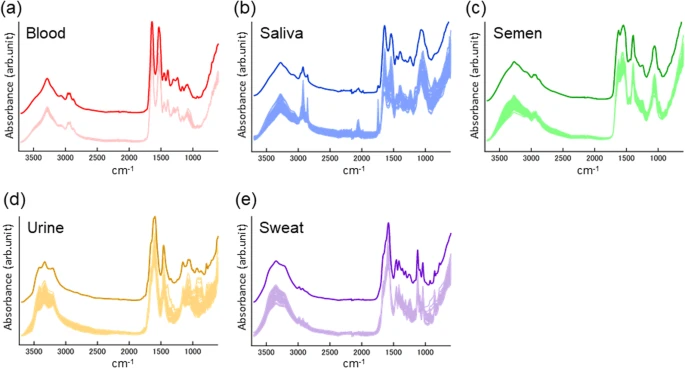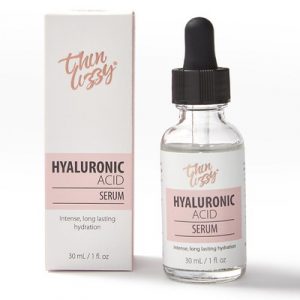Since 2012, the Pest Management Regulatory Agency (PMRA) of Health Canada has banned neem oil for its use as a pesticide, despite many benefits it brings in the agricultural field. Nonetheless, neem oil has been been the subject of intensive synthetic research for its impressive biological activity.

Neem oil is commonly known as a pesticide. (source)
What is neem oil?
Neem oil, or margosa oil, is an extracted vegetable oil from the neem tree’s seeds. The seeds are the richest source containing the naturally occurring pesticide called Azadirachtin.
Structure of Azadirachtin (source)
Benefits of neem oil
Azadirachtin is found to be an effective systemic pesticide and to have growth-disrupting effects against more than 200 insect species.
In an urban settings, neem oil is a great solution to a pest infestation. A bottle of neem oil will come in handy when your garden is infested by either mealybugs, thrips, aphids, fungus gnats, spidermites and more. Neem oil effectively eliminates every stage of the pest’s lifecycle, including eggs, larvae, pupas, and adults.

Mealybugs infestation (source)
Ladybugs, earthworms, and other beneficial insects are generally not affected by neem oil.
One other known benefit of neem oil is boosting the process of wound-healing and skin regeneration. Neem oil is also found to help calm eczema and psoriasis. These health benefits are due to neem oil’s components of fatty acids, limonoid, and vitamin E.
Why banned neem oil?
Despite the proven advantages neem oil has, Health Canada said neem oil has not been certified and registered as a pest control product. The government hasn’t had sufficient evaluation to determine whether neem oil is safe to be used as a pesticide, nor the environmental risk it brings.
There are several case reports of neem oil poisoning in children and elderly caused by neem oil ingestion. These cases report symptoms of nausea, vomiting, seizures, kidney failure, restriction in blood supply to the brain. The long term effect of neem oil is also not clear.




